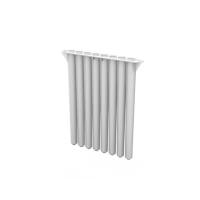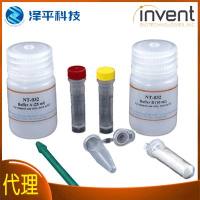Stable accumulation of storage proteins, lipids and carbohydrates is a hallmark of the plant seed, and is a characteristic that is typically deficient in existing platforms for recombinant protein manufacture. One of the biological sequestration mechanisms that facilitate the folding, assembly and stabilization of plant seed storage proteins involve the de novo formation of unique intracellular organelles, the endoplasmic reticulum (ER)-derived protein bodies (PBs). In cereals, such as maize, PBs are formed directly in the lumen of the ER of endosperm cells and contain zeins, a group of polypeptides, which account for more than half of the total seed protein mass. The 27 kD γ zein protein localizes to the periphery of the PBs surrounding aggregates of other zeins (including a zein and δ zein). Heterologous expression of γ zein has been shown to result in the formation of PB-like structures, and the N-terminal proline-rich domain of γ zein (Zera�), containing eight PPPVHL repeats and a Pro-X sequence is by itself capable of directing ER retention and PB formation in non-seed tissues. We present a novel approach to produce recombinant proteins in plants based on the ability of γ zein-Zera domain to store recombinant proteins inside PBs. Zera domain fused to several proteins, including a enhanced cyan fluorescent protein (ECFP), calcitonin (Ct) and epidermal growth factor (EGF), were cloned into vectors for transient or stable transformation of tobacco plants. In tobacco leaves, we observed the formation of dense, ER-localized structures containing high concentrations of the respective target proteins. The intact synthetic organelles containing Zera fusions were readily isolated from cellular material using density-based separation methods.






